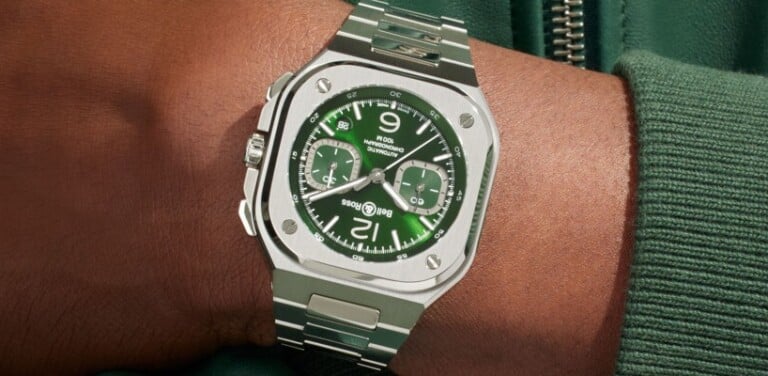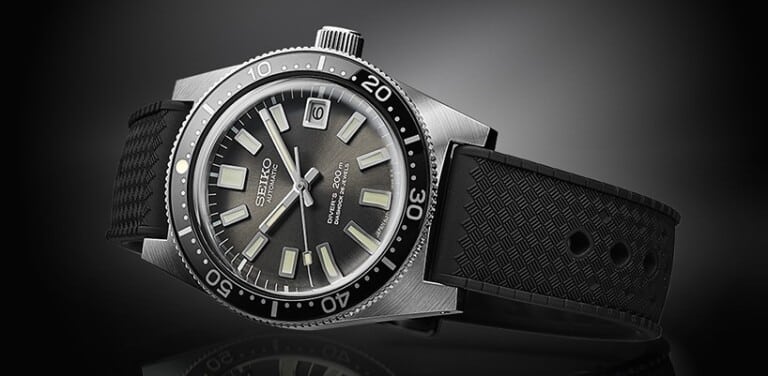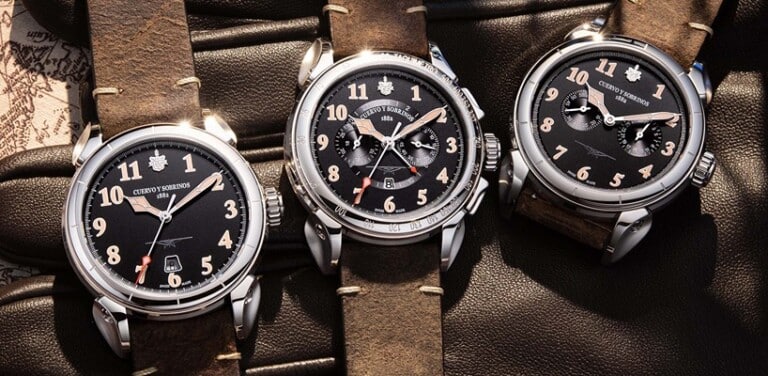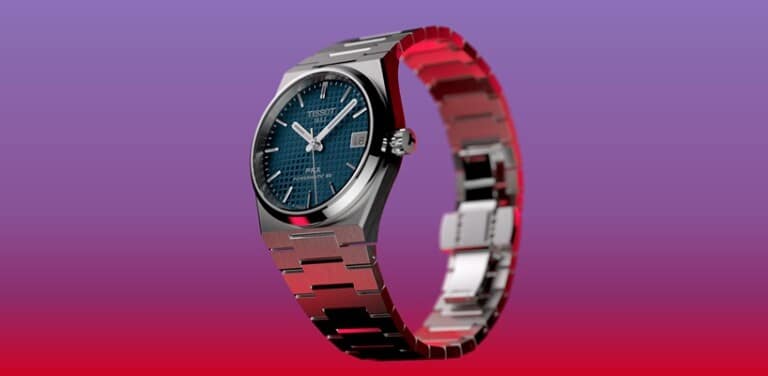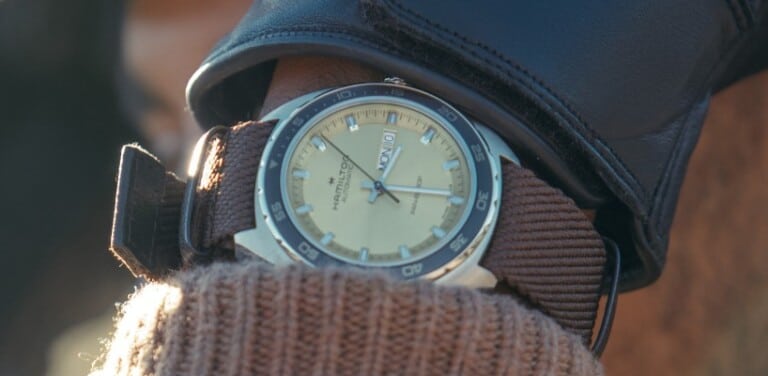 Seiko is a company that always seems to be ahead of the curve. For whatever reason, it appears more sensitive and attenuated to rate of technological advancement. An earlier article focused on the great strides that Seiko made in creating ever-more complicated diver’s watches capable of reaching greater and greater depths. This focus of this inquiry builds on this earlier analysis by considering the strides Seiko has made in environmental awareness.
Seiko is a company that always seems to be ahead of the curve. For whatever reason, it appears more sensitive and attenuated to rate of technological advancement. An earlier article focused on the great strides that Seiko made in creating ever-more complicated diver’s watches capable of reaching greater and greater depths. This focus of this inquiry builds on this earlier analysis by considering the strides Seiko has made in environmental awareness.
Now, keeping tons out of hazardous waste out of our landfills isn’t going to solve all of our problems. Seiko is only one player in a global economy full of gigantic corporations. But that’s part of the beauty of their efforts to reduce and eventually eliminate the use of hazardous metals; it can be likened to the “Invisible Hand” of Adam Smith.
In his 1776 masterpiece “The Wealth of Nations,” Scottish economist Adam Smith said that the underlying actions and choices of the economy’s many individuals, all in their own self-interest, create the maximum social good. In other words, the good for all is accomplished by people scurrying about and maximising their own utilities. To apply this to Seiko and producers as a whole: by realising that consumers have entered into an environmentally-conscious frame of mind, it is in the best interest of corporations to alter their behaviour in ways that are more “green,” and hence, attractive, to customers.
By doing so, society’s preferences will be realised. Seiko chose, probably for altruistic reasons as well as those of profit, to eliminate lead from its soldering process and to create mercury-free batteries for use in its Seiko watches. Seiko’s helping to lead the charge in this arena, but the hope is that Adam Smith’s theories will be borne out again, this time at the corporate level. If Seiko is indicative of a shift in corporate focus, then we need not worry about the magnitude effect of any one company’s environmental improvement because everyone will be on board.
